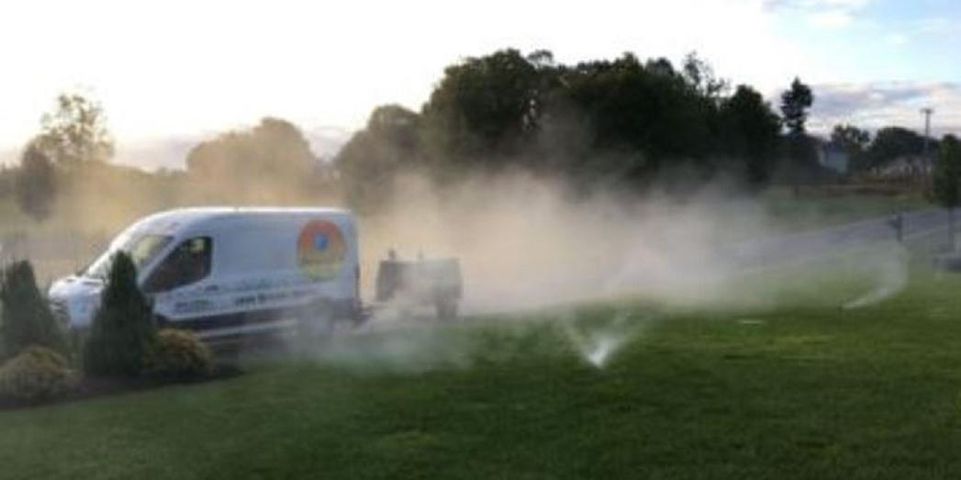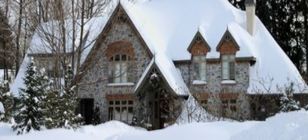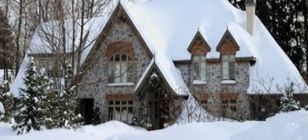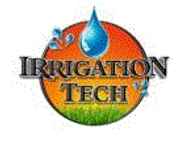What to Know About Winterizing Residential Irrigation Systems

A Brief Guide to Winterizing Your Irrigation System
In western NY, frost penetrates the ground about 3-1/2’ deep every winter. Considering the fact that our irrigation systems are installed less than 12” deep, any water left in our pipes is going to freeze and expand, damaging the system. In the northern United States, the most effective way to prevent freeze damage to irrigation systems is the use of an air compressor.
In the northern United States, the most effective way to prevent freeze damage to irrigation systems is the use of an air compressor.
The compressor needs to be at least 80cfm for most residential systems to have sufficient volume to get all water up into suspension. If the volume is too low, the water can just sit on the bottom of the pipe while the air passes over it. The compressor also needs to have the pressure turned down to no greater than 80psi, preferably about 70psi. Higher pressures will create heat in the pipes, valves and heads damaging them over time. Remember, these components are plastic.
After turning the water source off, we connect a hose from the compressor to a preinstalled point on the mainline. The compressor is then turned on, applying air pressure to the system. The next step is to begin activating zones, one at a time. We watch each zone making sure the water is all gone before advancing to the next zone.  After the last zone is done, you can be confident that your system will be 100% safe over the winter no matter how harsh the weather.
After the last zone is done, you can be confident that your system will be 100% safe over the winter no matter how harsh the weather.
Determine the best winterization technique for your residential irrigation system with help from Irrigation Tech. The Rochester, NY-based irrigation installation and repair company has proudly helped Monroe County and the Finger Lakes region remain beautiful for 36 years. Call (585) 225-0380 for a free estimate or visit the website for more information.
About the Business
Have a question? Ask the experts!
Send your question

